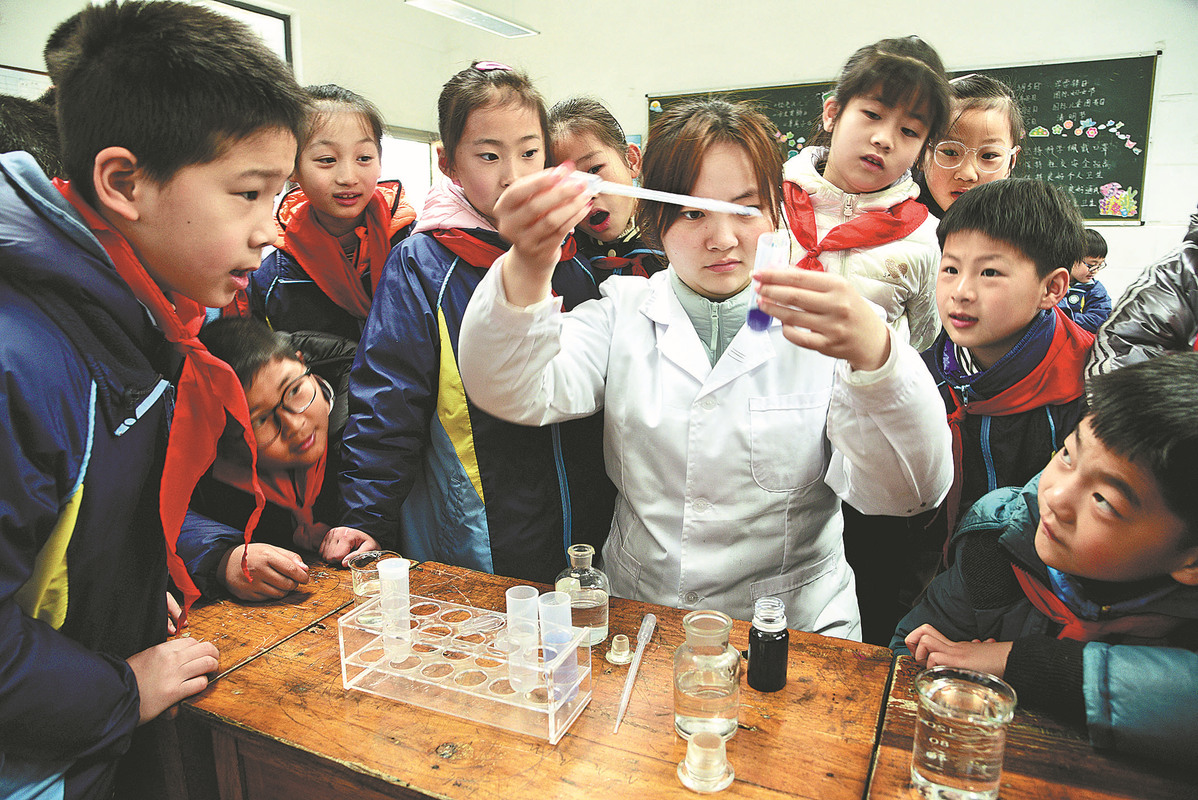Finding ways to keep the water flowing


In your opinion, what are some of the experiences the international community can learn from? Can you share a few examples that have impressed you?
China faces one of the most challenging water management situations in the world. It has a large population but limited water resources. The spatiotemporal distribution of those resources is uneven. There is a mismatch between water distribution and regional socioeconomic factors. The carrying capacity of the water environment is limited.
China has accumulated some experience in improving water resource management at home while conducting international cooperation abroad.
Since the 1970s, the long-term, large-scale exploitation of groundwater resources has led to the serious overexploitation of groundwater in North China, as well as ecological and environmental problems, including a decline in groundwater levels and the shrinking of river and lake surfaces.
In 2019, with State Council approval, the Ministry of Water Resources and relevant departments issued the Action Plan for Comprehensive Treatment of Over-exploitation of Groundwater in North China. There has been an overall rise in groundwater levels in North China, with shallow groundwater and deep confined water in the treatment area rising by an average of 2.25 meters and 6.72 meters, respectively, compared to 2018.
We have implemented the River Chief system. At present, there are 1.2 million river chiefs at the provincial, city, county, township and village levels nationwide. Under their management, targeted measures have been taken to address problems in each river and lake. As a result, the appearance of rivers and lakes has undergone historic change.
We have contributed water management solutions to global water governance. On April 27, 2019, the International Standardization of Small Hydropower was included in the list of outcomes of the Second Belt and Road Forum for International Cooperation as an important achievement of BRI international cooperation. The China-headquartered International Network on Small Hydro Power worked together with the United Nations Industrial Development Organization to publish the Technical Guidelines for Small Hydropower, which is the first systematic international standard for the small hydropower industry in the world.
Since the launch of the Lancang-Mekong Cooperation Mechanism in 2016, the water resource authorities of the six countries in the basin have implemented the consensus reached by their leaders. Through consistent efforts to strengthen water resource cooperation, they have achieved fruitful results. To help countries in the basin better cope with climate change, flooding and droughts, the ministry has been providing year-round hydrological data to the Mekong River Commission since November 2020. Before that, China provided flood season hydrological data to the commission for 18 consecutive years.
























